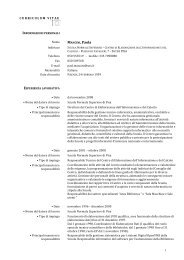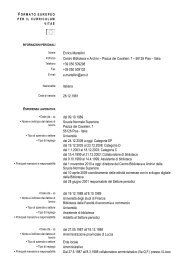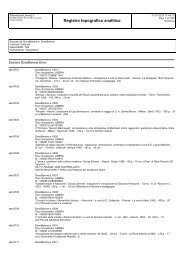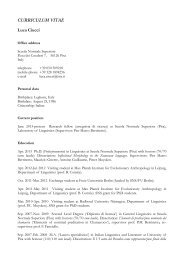Metrics of curves in shape optimization and analysis - Andrea Carlo ...
Metrics of curves in shape optimization and analysis - Andrea Carlo ...
Metrics of curves in shape optimization and analysis - Andrea Carlo ...
Create successful ePaper yourself
Turn your PDF publications into a flip-book with our unique Google optimized e-Paper software.
that <strong>in</strong>cludes fourth order derivatives; whereas the ˜H 1 -gradient is− 2λL D2 sc + 3L(|D 2 sc| 2 D s c) ⋆ (D s ˜Kλ ) (10.15)that is an <strong>in</strong>tegro-differential second order P.D.E.A practical positive outcome <strong>of</strong> this phenomenon will be shown <strong>in</strong> Section 10.9.1.10.4 ˜Hj is faster than H jWe will now show that the metric ˜H 1 (that is metrically equivalent to H 1 , byProp. 10.2) leads to a simpler calculus for gradients; with benefits <strong>in</strong> numericalapplications as well.∫We recall that avg c (f) := 1len(c)f(s) ds.cLet E(c) be an energy <strong>of</strong> <strong>curves</strong>. Gradients are implicitly def<strong>in</strong>ed by thefollow<strong>in</strong>g relationsDE(c; h) = 〈h, ∇ H 0E〉 H 0 = 〈h, ∇ H 1E〉 H 1 = 〈h, ∇˜H1E〉 ˜H1∀h .As we saw <strong>in</strong> equations (10.8) <strong>and</strong> (10.9), the above leads to the ODEsNormODEH 1 ∇ H 0E = ∇ H 1E − λL 2 D 2 s(∇ H 1E)˜H 1 ∇ H 0E = avg c (∇˜H1E) − λL 2 D 2 s(∇˜H1E)The second ODE is much easier to solve.Proposition 10.10 Let f = ∇ H 0E, g = ∇˜H1E, then g is derived from f by thefollow<strong>in</strong>g closed form formulasg(s) = g(0) + sg ′ (0) − 1 ∫ sλL 2 (s − ŝ)(f(ŝ) − avg c (f)) dŝg ′ (0) = − 1 ∫ LλL 3 s(f(s) − avg c (f)) dsg(0) =∫ L00f(s) ˜K λ (s) ds .where ˜K λ was def<strong>in</strong>ed <strong>in</strong> (10.11).Pro<strong>of</strong>. The ODEf = avg c (g) − λL 2 D 2 sgimmediately tells that avg c (f) = avg c (g); so we rewrite it asλL 2 D 2 sg = −f + avg c (f)067




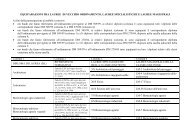
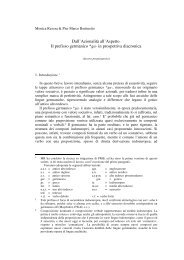
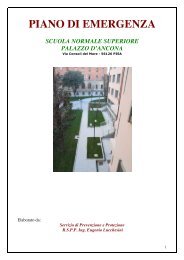
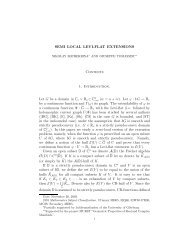
![4. Ghost [Å] vowels in French - Laboratorio di Linguistica](https://img.yumpu.com/49999334/1/184x260/4-ghost-a-vowels-in-french-laboratorio-di-linguistica.jpg?quality=85)



